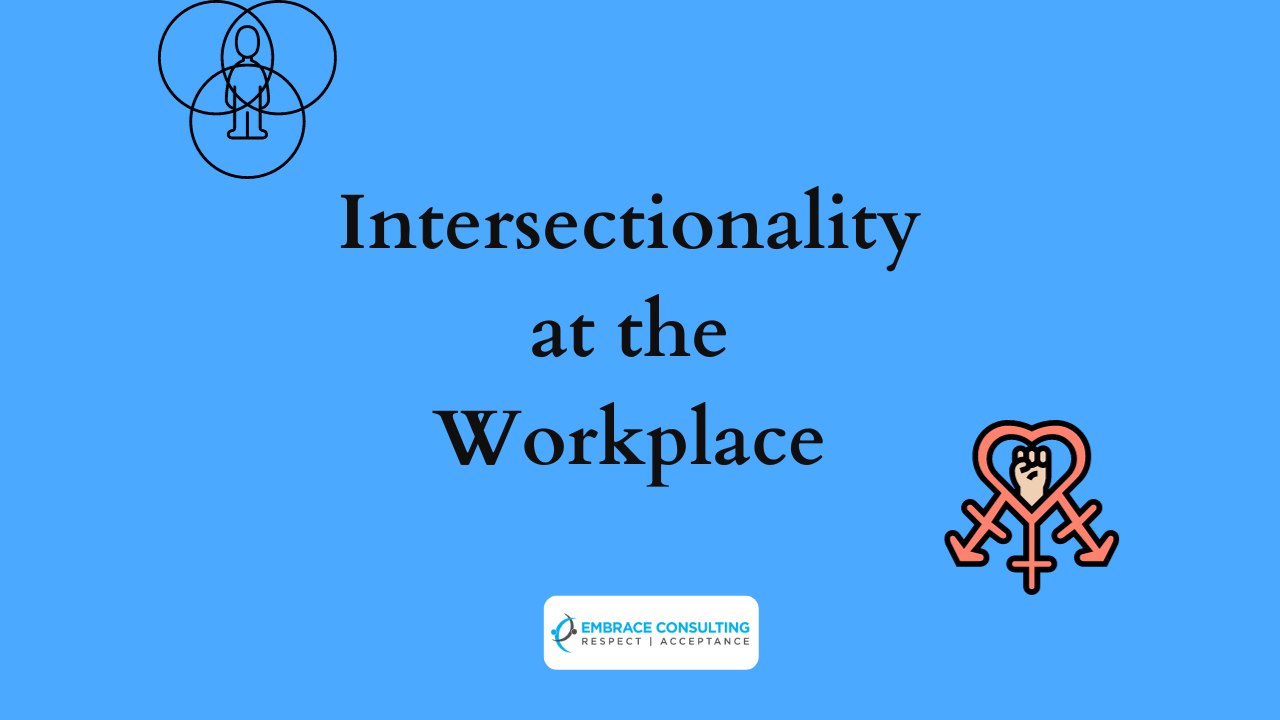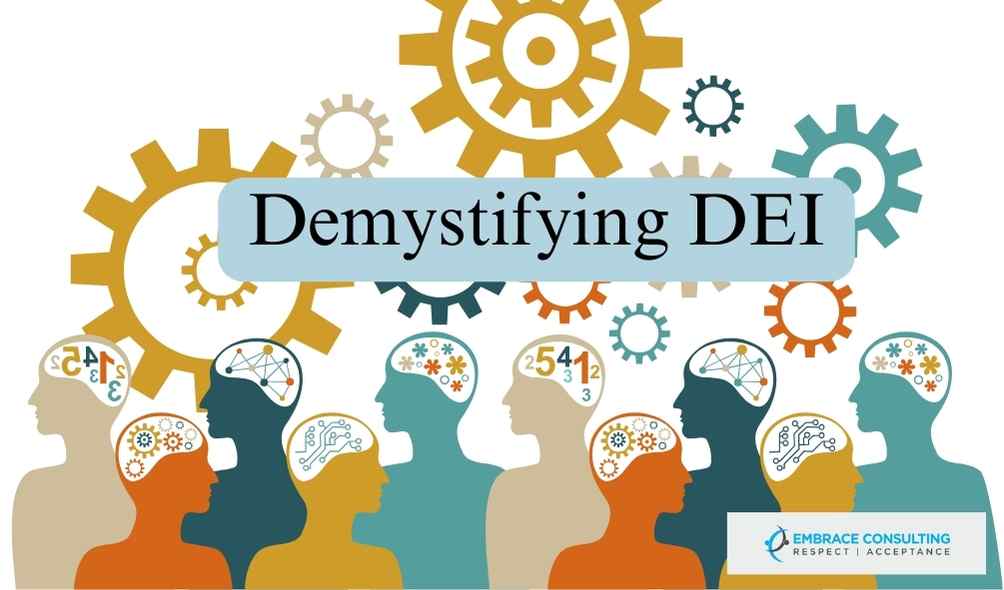What is intersectionality?
Intersectionality is the concept that individuals possess multiple identities that are inherently interconnected. Among your workforce, employees with disabilities may also carry various other identities that influence their workplace encounters. For instance, an employee could experience hearing loss and be a recent immigrant, highlighting the intersection of these aspects in their life. Many Human Resource strategies for promoting equality often concentrate on one form of discrimination at a time. However, individuals are not one-dimensional entities.
Why it’s essential to prioritize Intersectionality in the Workplace:
Recognizing and prioritizing intersectionality in the workplace is of utmost importance for several compelling reasons.
- Cultivating a Truly Inclusive and Equitable Workplace: Embracing intersectionality is a fundamental step in fostering an inclusive workplace, a critical aspect of ensuring a positive employee experience. In such an environment, individuals of diverse backgrounds, encompassing factors like race, ethnicity, class, gender, sexual orientation, disability, or religion, feel genuinely welcomed, secure, valued, supported, and respected.
- Becoming an Employer of Choice: In today’s competitive job market, prospective employees evaluate organizations on various criteria. Job seekers increasingly gravitate towards employers who prominently embrace inclusion as a core value. A McKinsey survey discovered that 39% of respondents opted out of job opportunities due to perceptions of a lack of inclusivity within an organization.
- Enhancing Employee Wellbeing: Prioritizing intersectionality not only benefits your organization but also significantly contributes to the overall well-being of your employees. A happy and healthy workforce operates at peak performance, staving off anxiety and stress-related health issues, and fostering a culture of care and support.
- Driving Better Outcomes: Extensive research reveals that organizations with greater ethnic and racial diversity are 35% more likely to achieve superior results. Similarly, those with gender diversity are 15% more likely to outperform industry averages.
Risks involved with ignoring intersectionality at work:
It runs the danger of creating an ineffective inclusion program. Affinity groups at work, for instance, might organize a trip that involves taking part in a charity walk as a group. Some employees with disabilities are likely to be left out of the plans if they don’t account for employees with disabilities, such as by proactively giving adjustments and alternatives. These workers can become so disheartened that they decide to leave the organization that organized the event. The bottom line is that if you don’t consider intersectionality, your workplace inclusion efforts won’t be successful and might even be damaging.
How Organizations Can Embrace Intersectionality in the Workplace:
Organizations can take several proactive steps to understand and embrace intersectionality in the workplace, fostering a more inclusive environment for all employees.
- Acknowledge Intersectionality throughout the Employee Life Cycle: Recognize that intersectionality influences every stage of the employee life cycle. Therefore, it is crucial to incorporate it into all existing policies and daily practices. The first step in embracing intersectionality is to understand and identify it. Example: When developing recruitment strategies, consider how factors like gender, ethnicity, and disability may intersect in candidates’ experiences. This awareness can lead to more targeted and inclusive job postings.
- Continuously Evaluate Policies, Processes, Programs, and Initiatives: Avoid a one-size-fits-all approach by reviewing your policies and initiatives to consider the unique needs and experiences of various employee groups. Effective strategies include targeted college recruitment, self-managed teams, mentoring programs, and appointing diversity managers. Example: In a mentoring program, instead of having a one-size-fits-all approach, tailor mentorship pairings based on intersecting identities, such as matching women of color with mentors who share similar backgrounds and experiences.
- Actively Seek Diverse Perspectives and Feedback: Collect feedback from employees of all underrepresented groups through surveys or one-on-one interviews. Ensure anonymity and emphasize that there will be no negative consequences for speaking up. Use findings to prioritize and develop action plans for improvement. Example: Conduct anonymous employee surveys that specifically ask about the intersection of identities, such as whether LGBTQ+ employees of different ethnic backgrounds perceive the workplace differently. Use this feedback to address specific concerns.
- Build a Functional DEI Dashboard: Develop a diversity, equity, and inclusion (DEI) dashboard that enables filtering and provides essential statistics on various aspects of employee demographics and experiences. Track metrics such as turnover rates, hiring, and advancement opportunities for individuals from different backgrounds. Example: Create a dashboard that tracks promotions within the organization by gender, ethnicity, and disability status. This data can reveal if certain groups face barriers to advancement, prompting targeted interventions.
- Educate Yourself: Continuously educate yourself on issues affecting marginalized groups in the workplace. Engage in conversations, actively listen to employees, and stay informed about emerging trends and statistics in the media. Learn from your competitors’ efforts to create inclusive work environments and use this knowledge to inform your inclusion initiatives. Example: Attend workshops or training sessions on issues like the unique challenges faced by employees with intersecting identities, such as LGBTQ+ individuals with disabilities. Engage in dialogues with employees from diverse backgrounds to gain firsthand insights into their experiences and concerns.
The primary goal is to establish a diverse, inclusive, and equitable workplace, the ripple effect extends to employees, enabling them to excel and thrive. Consequently, understanding the significance of diversity and intersectionality in the workplace should be a top priority for all organizations. By taking these steps, Organizations can play a pivotal role in promoting intersectionality and creating a workplace that values and supports employees of all backgrounds and identities.











